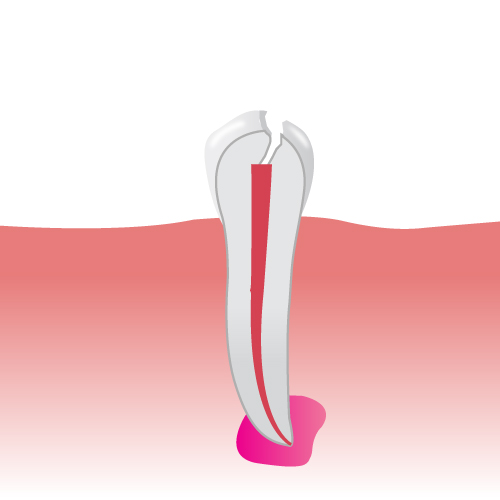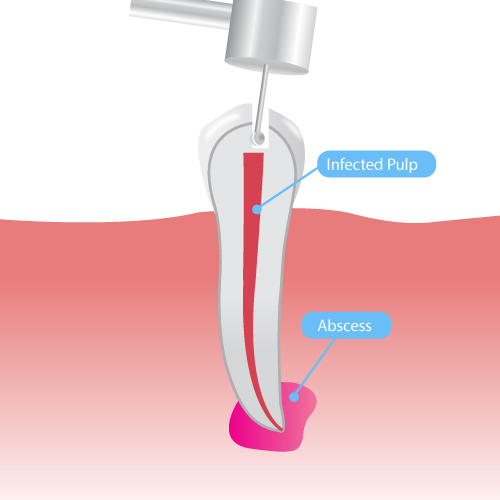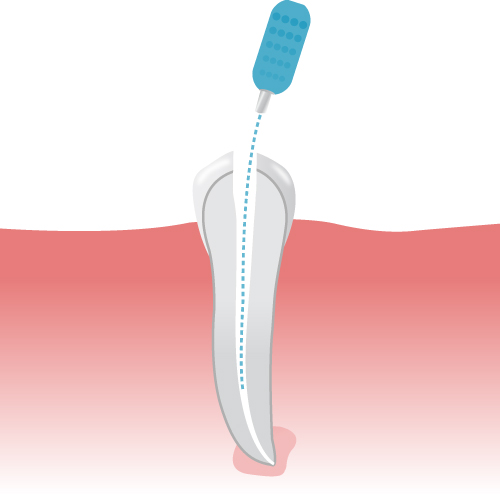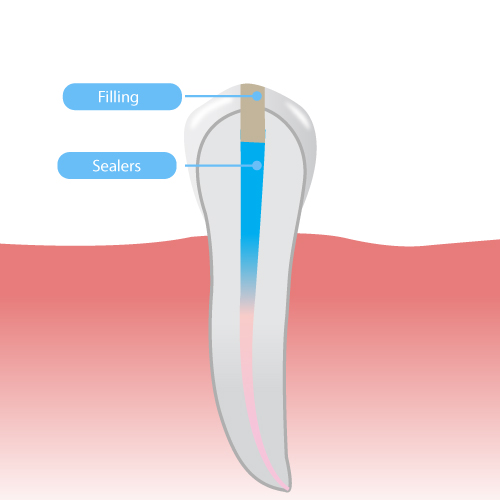What is a Root Canal?
Inside each of our teeth is a small space that extends down the roots of the tooth and is called the dental pulp. A healthy dental pulp provides the tooth with nutrients and nerve supply. If the pulp becomes infected or injured, the nerve can become so damaged that it dies. Root canal treatment is used in these situations to clean out the dead pulp so that the tooth can be saved.
Important follow up procedures.
Now that the infected nerve is removed your tooth will become more brittle and susceptible to fracture, so it can be advisable to place a crown over the tooth to prevent further deterioration.
You may notice your treated tooth change in colour. Though this discoloration is of no medical concern, you may be interested in having the tooth whitened, if you do not decide to place a crown over the tooth.




